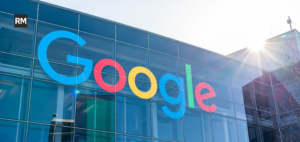Prime Highlights:
-
Gmail now has full built-in encryption (E2EE) for work users to keep email talks safe.
-
This tool aims to guard key info by letting only the sender and receiver see the email text.
Key Facts
-
Open for Google Workspace Enterprise users, not for own Gmail accounts.
-
No need for extra tools or hard steps to use encryption.
-
Users not on Gmail can still see locked emails via a safe web page.
Key Background
Google has brought in full encryption (E2EE) for work Gmail users, a big leap in email safety. With this tool, email texts are locked on the sender’s tool and can only be unlocked on the receiver’s tool. This makes sure no one else — not even Google — can get to the message texts while they move.
Before, email locking often meant tough steps like using other tools or swapping locking keys by hand. Gmail’s new built-in way makes this easy. Work users can turn on locking right from the Gmail page with a simple switch when writing an email. This smooth use takes away tech blocks while still giving top safety.
This tool is key for groups that handle key info, like government offices, law firms, finance groups, and health care groups. With more cyber threats and rising worries about data privacy, E2EE adds a strong guard against not allowed entry, data leaks, and watching.
When sending a locked email, Gmail users pick an option to add more locking. Once on, only the meant receiver with the right keys can read the message. Even Google’s servers can’t see or check these emails, as the locking keys are held by the user, not Google.
For users not on Gmail, the system sends a safe link letting the receiver open a read-only take of the locked email through a safe browser time. This lets all get to it without losing safety.
In short, Gmail’s E2EE for work accounts mixes strong safety with easy use. It backs data safety rules and builds trust for groups handling secret or checked info — all while making the user feel easy and able to get to it.








